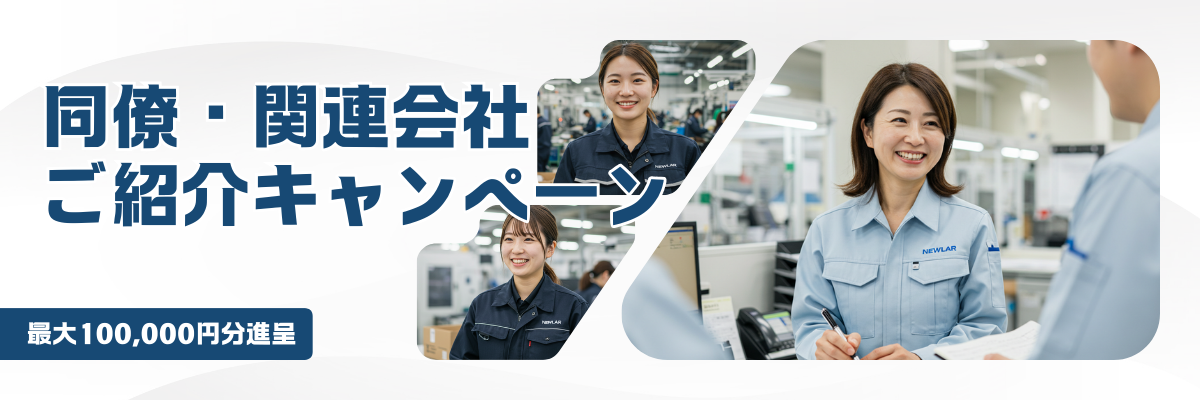- お役立ち記事
- Performance Evaluation and Lifetime Prediction of Lithium-Ion Batteries

Performance Evaluation and Lifetime Prediction of Lithium-Ion Batteries

目次
Introduction to Lithium-Ion Batteries
Lithium-ion batteries have become an essential part of our daily lives.
These batteries power everything from smartphones and laptops to electric vehicles and renewable energy storage systems.
Known for their high energy density, long lifespan, and fast charging capabilities, lithium-ion batteries have revolutionized how we use and conserve energy.
Understanding the performance and longevity of these batteries is crucial for both manufacturers and consumers.
Performance evaluation and lifetime prediction ensure that batteries remain efficient and safe over time.
In this article, we will explore how lithium-ion batteries work, evaluate their performance, and predict their lifespan.
How Do Lithium-Ion Batteries Work?
At the heart of a lithium-ion battery are lithium ions moving back and forth between a positive electrode (cathode) and a negative electrode (anode) through an electrolyte.
When the battery is being charged, lithium ions move from the cathode to the anode and are stored there.
During discharge, the ions move back to the cathode, releasing energy that powers devices.
The materials used in the electrodes significantly affect a battery’s performance, including its capacity, voltage, and lifespan.
Common materials used for the cathode are lithium cobalt oxide and lithium iron phosphate, while graphite is typically used for the anode.
The choice of materials influences a battery’s efficiency, cost, and durability.
Factors Affecting Battery Performance
Several factors impact the performance and lifespan of lithium-ion batteries:
1. **Temperature**: Extreme temperatures, either too hot or too cold, can degrade battery life.
Heat accelerates chemical reactions within the battery, leading to faster aging.
Conversely, cold temperatures can reduce the battery’s capacity and efficiency.
2. **Cycle Life**: A cycle refers to a full charge and discharge of the battery.
The number of cycles a battery can undergo before its capacity drops significantly is known as its cycle life.
The design and materials of the battery greatly influence its cycle life.
3. **Depth of Discharge (DoD)**: This term refers to how much of the battery’s capacity is used before recharging.
Generally, partial discharges with lower DoD can prolong battery life compared to frequent deep discharges.
4. **Charge Rate**: Fast charging contributes to faster battery wear, as it generates more heat and puts stress on the electrodes.
Using appropriate charge rates helps maintain battery health over time.
5. **Storage Conditions**: Storing batteries at full charge or very low charge levels for extended periods can also reduce lifespan.
Optimal storage involves keeping the battery at moderate charge levels in a cool environment.
Performance Evaluation of Lithium-Ion Batteries
Performance evaluation of lithium-ion batteries involves several testing methods to determine their efficiency, capacity, and overall health:
Capacity Testing
Capacity testing measures the amount of charge a battery can store and deliver.
By charging and discharging the battery under controlled conditions, testers can determine its capacity loss over time.
This test helps in understanding the battery’s health and predicting its remaining useful life.
Impedance Spectroscopy
Impedance spectroscopy involves applying a small alternating voltage and measuring the battery’s response.
This test provides insights into the internal resistance of the battery, which increases as the battery ages.
A higher internal resistance can reduce efficiency and capacity.
Accelerated Aging Tests
Accelerated aging tests simulate long-term usage conditions to predict how the battery will perform over time.
These tests expedite aging processes to assess capacity loss, cycle life, and other performance factors under various conditions.
Cycling Tests
Cycling tests involve repeatedly charging and discharging the battery to evaluate its cycle life.
By analyzing how the capacity diminishes over numerous cycles, manufacturers can predict the battery’s lifespan.
Predicting the Lifetime of Lithium-Ion Batteries
Predicting the lifespan of lithium-ion batteries is crucial for manufacturers and end-users seeking reliable and durable energy solutions.
Several methods are employed to estimate battery life:
Empirical Models
Empirical models rely on historical data to predict battery life.
These models account for factors such as temperature, cycle depth, and usage patterns to project the battery’s degradation over time.
Physics-Based Models
Physics-based models simulate the internal chemical processes and interactions within the battery to forecast its lifespan.
These models provide a detailed understanding of degradation mechanisms, offering accurate predictions of battery performance.
Machine Learning Approaches
With advancements in technology, machine learning approaches have become increasingly popular for lifetime prediction.
These methods analyze large datasets to identify patterns and correlations, offering real-time predictions of battery health and performance.
Conclusion
Lithium-ion batteries are pivotal to modern technology and energy solutions.
Understanding how these batteries work, their performance factors, and predicting their lifespan is essential for efficient usage and sustainable development.
By evaluating performance through thorough testing and adopting predictive models, manufacturers and consumers can ensure that lithium-ion batteries remain reliable and effective over their intended lifespan.
Continual research and advancement in battery technology hold the promise of even better and more durable energy solutions in the future.
 資料ダウンロード
資料ダウンロード
QCD調達購買管理クラウド「newji」は、調達購買部門で必要なQCD管理全てを備えた、現場特化型兼クラウド型の今世紀最高の購買管理システムとなります。
 ユーザー登録
ユーザー登録
調達購買業務の効率化だけでなく、システムを導入することで、コスト削減や製品・資材のステータス可視化のほか、属人化していた購買情報の共有化による内部不正防止や統制にも役立ちます。
 NEWJI DX
NEWJI DX
製造業に特化したデジタルトランスフォーメーション(DX)の実現を目指す請負開発型のコンサルティングサービスです。AI、iPaaS、および先端の技術を駆使して、製造プロセスの効率化、業務効率化、チームワーク強化、コスト削減、品質向上を実現します。このサービスは、製造業の課題を深く理解し、それに対する最適なデジタルソリューションを提供することで、企業が持続的な成長とイノベーションを達成できるようサポートします。
 オンライン講座
オンライン講座
製造業、主に購買・調達部門にお勤めの方々に向けた情報を配信しております。
新任の方やベテランの方、管理職を対象とした幅広いコンテンツをご用意しております。
 お問い合わせ
お問い合わせ
コストダウンが利益に直結する術だと理解していても、なかなか前に進めることができない状況。そんな時は、newjiのコストダウン自動化機能で大きく利益貢献しよう!
(Β版非公開)


